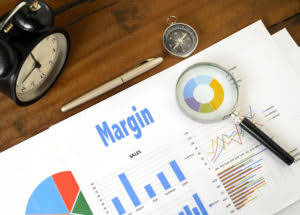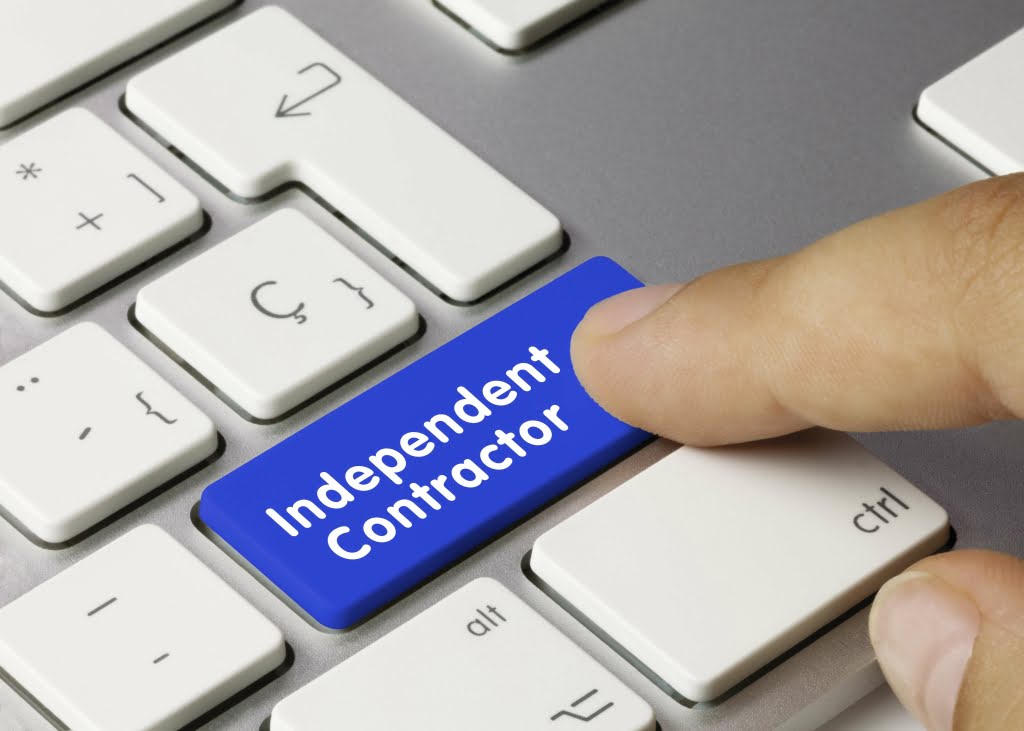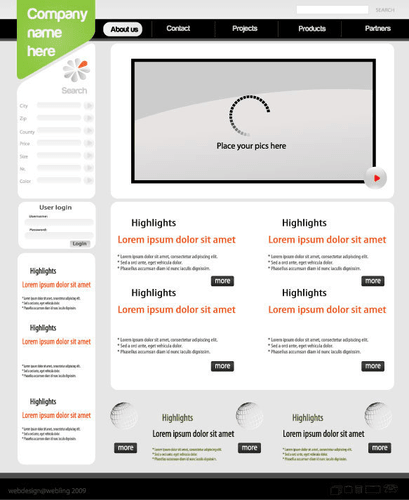
Receiving timely payments from your customers is another great way to improve cash flow. GoCardless can help by collecting payments directly from customer bank accounts on the day they’re due. Choose from Direct Debit for recurring payments or Instant Bank Pay for one-off invoices. https://www.bookstime.com/accrual-basis With our Success+ tool, payments are automatically retried at the most optimal time to reduce payment failures and keep cash flowing. This calculation doesn’t factor in additional sources of financing, such as sales of stock or liabilities to offset negative cash flow.
- The CFS is distinct from the income statement and the balance sheet because it does not include the amount of future incoming and outgoing cash that has been recorded as revenues and expenses.
- This excludes cash and cash equivalents and non-cash accounts, such as accumulated depreciation and accumulated amortization.
- Free cash flow indicates the amount of cash generated each year that is free and clear of all internal or external obligations.
- However, you’ve already paid cash for the asset you’re depreciating; you record it on a monthly basis in order to see how much it costs you to have the asset each month over the course of its useful life.
- Metro Corporation collected a total of $5,000 on account from clients who owned money for services previously billed.
- Under the indirect method, the format of the cash flow statement (CFS) comprises of three distinct sections.
- Instead, cash flow represents the movement of money into and out of a business over a specific period of time..
Do Companies Need to Report a Cash Flow Statement?
It also includes spending on equipment and assets, as well as changes in working capital from the balance sheet. It’s the money available to investors, company management, shareholder dividends, and investments back into the business. What makes a cash flow statement different from your balance sheet is that a balance sheet shows the assets and liabilities your business owns (assets) and owes (liabilities). The cash flow statement simply shows the inflows and outflows of cash from your business over a specific period of time, usually a month. Cash and cash equivalents are consolidated into a single line item on a company’s balance sheet.

Can cash flow from assets be negative?
- With the indirect method, cash flow is calculated by adjusting net income by adding or subtracting differences resulting from non-cash transactions.
- To start, you’ll need your company income statement or balance sheet to pull key financial numbers.
- Assessing cash flows is essential for evaluating a company’s liquidity, flexibility, and overall financial performance.
- Free cash flow is often evaluated on a per-share basis to evaluate the effect of dilution.
- As such, net earnings have nothing to do with the investing or financial activities sections of the CFS.
- If cash is used to pay down a company’s debt, for example, the debt liability account is reduced, and the cash asset account is reduced by the same amount, keeping the balance sheet even.
- However, the balance sheet doesn’t show the actual activity from the quarter.
Another limitation is that FCF is not subject to the same financial disclosure requirements as other line items in the financial statements. As a result, not all investors have the background knowledge or are willing to dedicate the time to calculate the number manually. One major drawback is that purchases that depreciate over time will be subtracted from FCF the year they are purchased, rather than across multiple years. As a result, free cash flow can seem to indicate a dramatic short-term change in a company’s finances that would not appear in other measures of financial health.
Cash Flow on Total Assets Ratio
Since we received proceeds from the loan, we record it as a $7,500 increase to cash on hand. These three activities sections of the statement of cash flows designate the different ways cash can enter and leave your business. You’ll also notice that the statement of cash flows is broken down into three sections—Cash Flow from Operating Activities, Cash cash flow from assets equals: Flow from Investing Activities, and Cash Flow from Financing Activities. Now that we’ve got a sense of what a statement of cash flows does and, broadly, how it’s created, let’s check out an example. With the indirect method, you look at the transactions recorded on your income statement, then reverse some of them in order to see your working capital.

What is an accrued expense vs accounts payable?
- FCFE (Levered Free Cash Flow) is used in financial modeling to determine the equity value of a firm.
- The indirect method begins with net income or loss from the income statement, then modifies the figure using balance sheet account increases and decreases, to compute implicit cash inflows and outflows.
- Therefore, cash is not the same as net income, which includes cash sales as well as sales made on credit on the income statements.
- This is the most common metric used for any type of financial modeling valuation.
- They’ll make sure everything adds up, so your cash flow statement always gives you an accurate picture of your company’s financial health.
- While it gives you more liquidity now, there are negative reasons you may have that money—for instance, by taking on a large loan to bail out your failing business.
If there is an amount that is still owed, then any differences will have to be added to net earnings. Sometimes, even a slight increase in pricing, if justified by value addition, can boost cash flow without affecting demand significantly. Identifying and liquidating assets that aren’t essential to core business operations can create an immediate influx of cash that can be reinvested more productively. This might mean renting out unused space or machinery, ensuring equipment operates at optimal capacity, or diversifying product lines.


